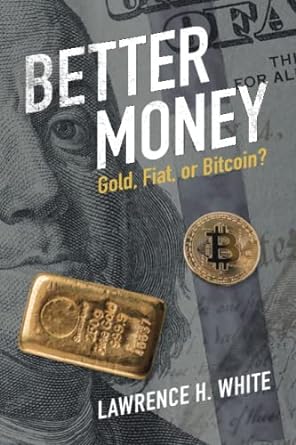Question
Suppose you are in a simple, one-period economy which has two assets. A risk-free asset that returns 5% and a risky asset that has a
Suppose you are in a simple, one-period economy which has two assets. A risk-free asset that returns 5% and a risky asset that has a current price of $12. At the end of the period, the risky asset can be worth either $15 or $10.80. You are considering a derivative that has a payoff of $2.40 when the price of the risky asset increases and a payoff of 0 when the price of the risky asset goes down. Find the value of this derivative.
The solution below combines both steps (finding delta, i.e. units of underlying in the replicating portfolio, and the $ investment in the risk-free): $12.00 ($2.40 $0.00) ($15.00 $10.80) + 1 (1 + 5%) [$2.40 ( ($2.40 $0.00) ($15.00 $10.80) ) $15.00] = $0.98 The value of the derivative security is $0.98 and the derivative security is similar to a call option with a strike price of $12.60.
The math is not adding up for me. how did he get to the $0.98?
Step by Step Solution
There are 3 Steps involved in it
Step: 1

Get Instant Access to Expert-Tailored Solutions
See step-by-step solutions with expert insights and AI powered tools for academic success
Step: 2

Step: 3

Ace Your Homework with AI
Get the answers you need in no time with our AI-driven, step-by-step assistance
Get Started


